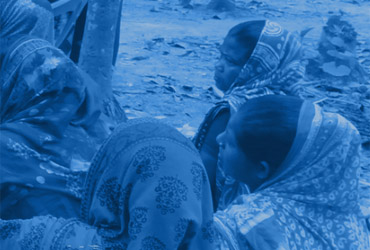



Since 1993 CCEC is working on the awareness and conservation of the Bangladesh Sundarbans, UNESCO declared World Heritage site by preparing conservation education materials such as leaflet, poster, booklet, video and conducted environmental education training of the primary school teachers over 1000 teachers by using the education materials and by demonstrating video CD on cultural folk pot songs by engaging local cultural team. Another ways and means of awareness and conservation of the Sundarbans is by conducting sustainable harvesting training of the Sundarbans resource harvesters, the bawali, mawali and jellay through conservation dialogues/trainings and pot song demonstration. One of the major activity of the NGO CCEC is to build capacity i.e formation of groups and association of the Sundarbans resource harvesters and secure climate adaptive livelihood options by cultivating salt tolerant varieties of Rice and by culturing salt adaptive Fish by the climate vulnerable resource harvesting community following the Group Strategic Approach. Empower the beneficiary target community by opening the bank account of their own and run Scheme Operation aiming to reduce poverty align with Sustainable Development Goals (SDGs) following the rules of Co-operative Society with the philosophy “United we stand taller” and policy advocacy towards reducing exploitation and increased solidarity of Sundarbans resource harvester families.
Total Projects
Projects Funded
Area Covered
Our volunteers

Oct 2021 - Continuing

Oct 2021 - Continuing

Jun 2020 - Continuing

Feb 2008 – Nov 2008

Aug 2005 – Jul 2006

Nov 2005 – Oct 2006

Jan – Dec 2006

Apr 2006 – Mar 2007

May 2006 – Jan 2007

Jun 2006 – May 2007

Jun 2000 – Jul 2008

Nov 1996 - Aug 1997

Aug 1998 - May 1999

Jun 1999- Feb 2000

Oct 2000 - Apr 2001